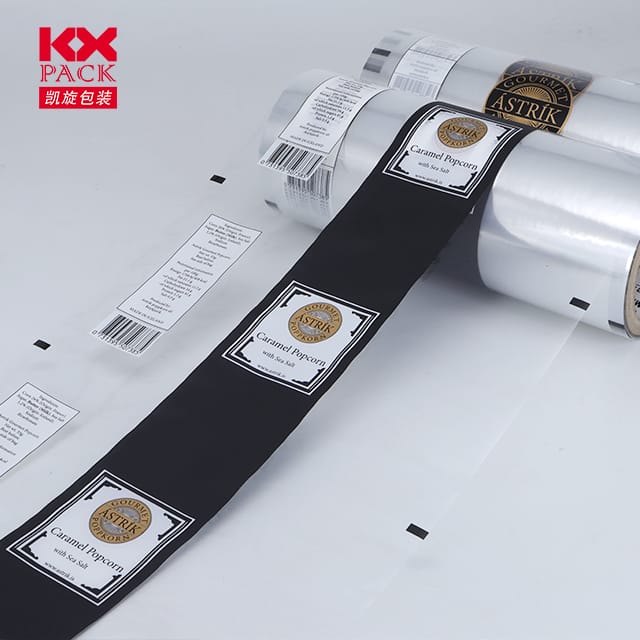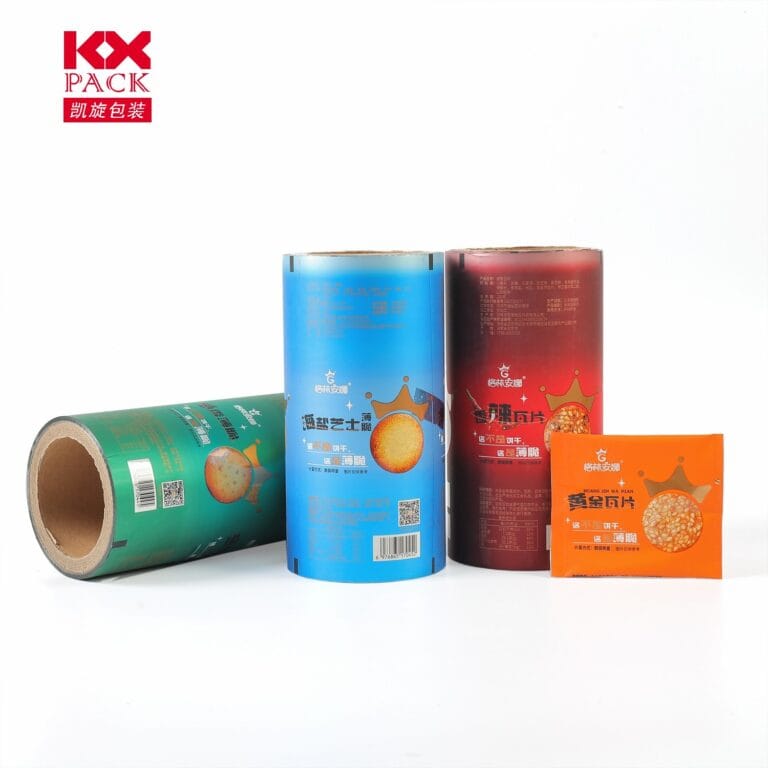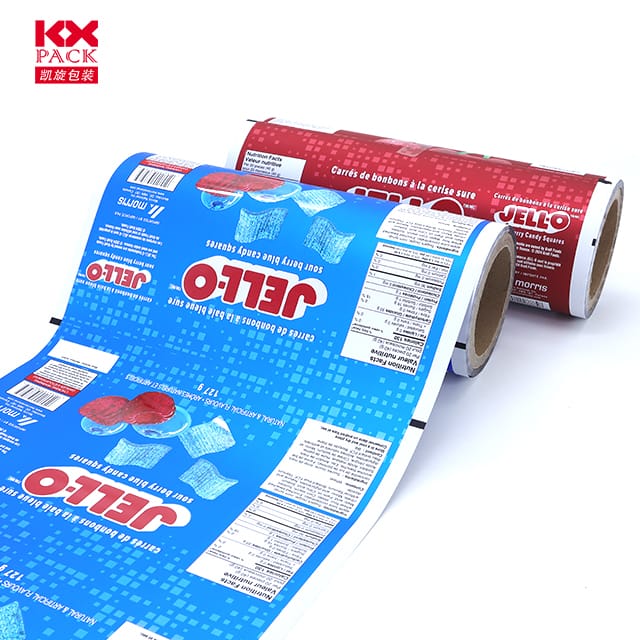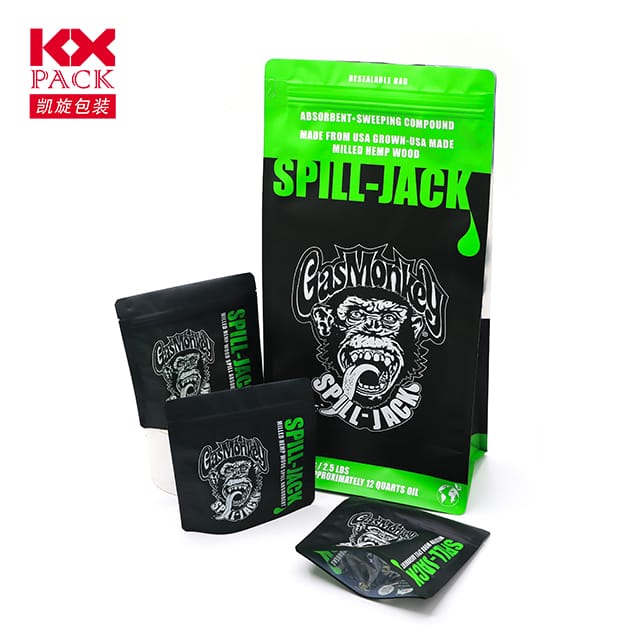包装胶卷的演变和应用: 深入研究现代包装解决方案
包装胶卷
In today’s globalized economy, 包装行业是供应链效率的基石, 消费者安全, 和品牌差异化. 最通用的组件之一, packing film rolls—continuous rolls of flexible, 高性能塑料膜 - 已经彻底改变了产品的保护, 运输的, 并提出. 这个博客探讨了他们的发展, 技术规格, 和行业转换应用.
1. The Anatomy of Packing Film Rolls: Materials and Technologies
包装胶卷 are engineered to balance strength, 透明度, 和适应性. Key materials include:
- 双向拉伸聚丙烯 (双轴取向聚丙烯): A cornerstone of soft packaging, BOPP films are prized for their high tensile strength, 防潮性, and printability. They dominate sectors like food, 化妆品, and tobacco, with market shares exceeding 20% in regions like China.
- 提防 (Biaxially Oriented Polyethylene Terephthalate): Renowned for its durability and heat resistance, BOPET is used in high-barrier packaging for pharmaceuticals, 电子产品, and frozen goods. Its optical clarity and recyclability align with sustainability trends.
- CPP (铸造聚丙烯): A non-oriented film offering exceptional heat sealability, CPP is ideal for vacuum packaging and flow wraps, where rapid sealing and puncture resistance are critical.
- 专业电影: 创新 biodegradable starch-based films (例如。, Plastiroll’s transparent cornstarch derivatives) 和 silver nanowire-conductive films (used in smart packaging) cater to niche demands for eco-friendliness and IoT integration.
2. Technical Innovations Driving Performance
现代的 包装胶卷 leverage advanced manufacturing processes to meet stringent industry standards:
- 多层共截止: Combines different polymers (例如。, 双向拉伸聚丙烯 + EVA adhesive layers) to create films with tailored properties, such as enhanced gas barrier or UV resistance.
- 纳米技术整合: Films embedded with silver nanowires enable antistatic or antimicrobial functions, crucial for electronics and medical packaging.
- Sustainability Enhancements: 轻巧 (reducing film thickness without compromising strength) and recyclable formulations address environmental concerns. 例如, some BOPP films now use 30% post-consumer recycled content.
3. Industry-Specific Applications
The versatility of 包装胶卷 spans diverse sectors:
- 食物 & 饮料:
- High-barrier BOPP/BOPET laminates extend shelf life for snacks, 咖啡, and dairy.
- Thermal shrink films secure irregularly shaped items (例如。, wine bottles) into compact units, reducing shipping costs by 50% vs. traditional cartons.
- 药品:
- Child-resistant blister packs use multilayer BOPET films with puncture resistance exceeding 10 N/mm².
- Sterile medical device packaging adheres to ISO 11607 standards, with films tested for microbial ingress and thermal stability.
- 电子商务:
- Lightweight stretch films (例如。, Berry Global’s 12-micron pre-stretched variants) reduce material use by 40% in automated pallet wrapping.
- Tamper-evident security films with holographic printing deter counterfeiting in luxury goods packaging.
- 工业的:
- Heavy-duty stretch hood films (up to 50-micron thickness) secure 2-ton steel coils during ocean freight, withstanding 50% elongation without tearing.
- Corrosion-inhibiting VCI films protect automotive parts during long-term storage.
4. Market Trends Shaping the Future
全球 包装胶卷 market, 价值 $1.14 trillion in 2024, 预计将成长 3.89% CAGR through 2029. Key drivers include:
- 电子商务繁荣: The sector’s 14.8% CAGR fuels demand for lightweight, puncture-resistant films.
- Sustainability Mandates: Brands like Nestlé and Unilever aim for 100% recyclable packaging by 2025, spurring investments in bio-based films (例如。, PLA/PBAT blends).
- Automation & Efficiency: Smart packaging lines integrate AI-driven tension control systems, reducing film waste by 25% in high-speed wrapping.
- Emerging Markets: Latin America (例如。, 墨西哥, 巴西) and Southeast Asia (例如。, 印度尼西亚, 越南) exhibit 10%+ annual growth in film demand, driven by FMCG expansion.
5. 挑战和机遇
Despite advancements, the industry faces hurdles:
- Regulatory Fragmentation: Disparate standards (例如。, EU’s Single-Use Plastics Directive vs. FDA food-contact rules) complicate global supply chains.
- Circular Economy Gaps: Only 14% of plastic packaging is recycled globally; solutions like chemical recycling of polyolefin films are nascent.
- 费用压力: Raw material volatility (例如。, polyethylene prices fluctuating 30% YoY) squeezes margins for SMEs.
然而, these challenges present opportunities for innovation:
- 数字印刷: Short-run, on-demand film printing reduces inventory costs for FMCG brands.
- Hybrid Materials: Combining paper and film (例如。, metallized BOPP laminated to kraft paper) offers recyclability without sacrificing barrier properties.
- Industry 4.0: IoT-enabled film dispensers monitor usage in real time, optimizing replenishment cycles.
结论: The Path Forward
Packing film rolls are no longer mere commodities but strategic tools for differentiation. As brands prioritize sustainability, automation, 和消费者的经验, manufacturers must innovate across materials, processes, and partnerships. The future belongs to those who can deliver高性能, low-impact, 和适应性 solutions—ensuring that every roll of film not only protects products but also the planet.
Stay tuned for our next deep dive into the rise ofactive packaging (例如。, oxygen scavengers, freshness indicators) and its role in the circular economy!
来源: Made-in-China.com, Plastiroll, Yancheng Kingbull Materials Technology, Packaging Strategies, and industry white papers.







